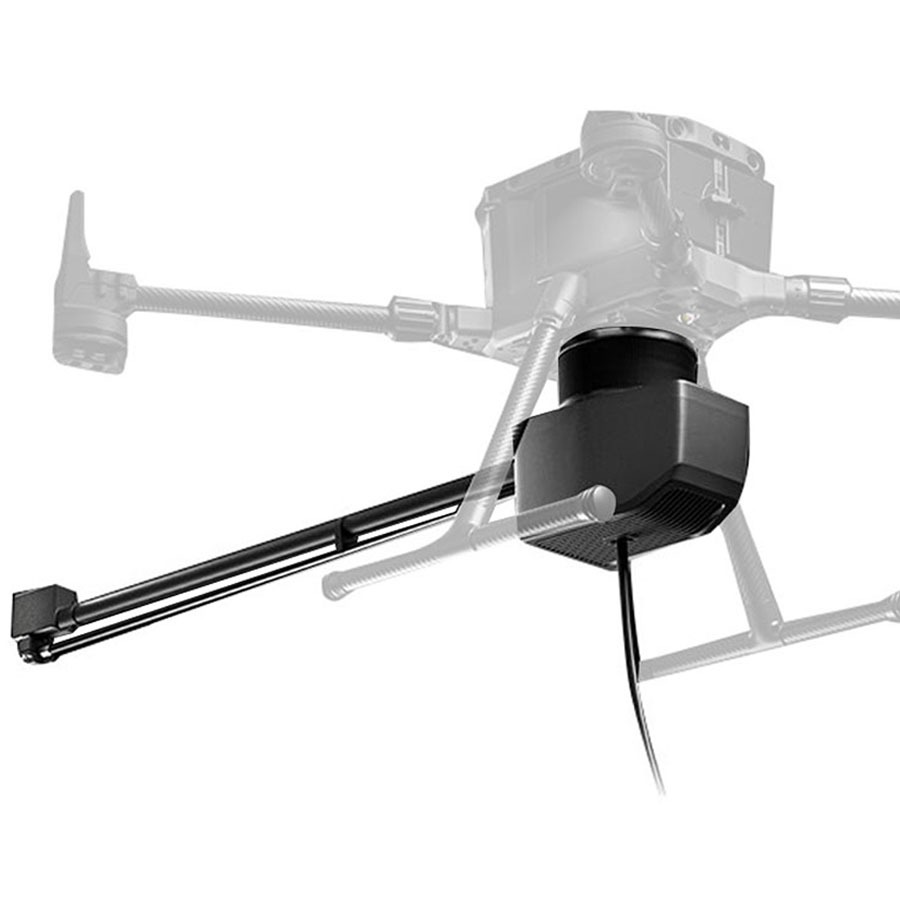

Tethered drones are a specialized type of drone that remain physically connected to the ground through a tether — typically a cable that supplies power and/or enables data transmission. This setup offers several advantages over traditional free-flying drones.
Tethered drones are unmanned aerial vehicles (UAVs) that operate while connected to a ground station via a tether, which is usually made of lightweight, high-strength material. This tether can supply continuous power from the ground, allowing the drone to stay airborne for extended periods — far beyond the battery limitations of standard drones. Additionally, the tether often enables secure, high-bandwidth data transmission with minimal latency.
Key Benefits:
-
Extended Flight Time: Continuous power from the ground enables long-duration operations.
-
Enhanced Stability: The tether provides a fixed flight zone, improving control in windy conditions.
-
Secure Communication: Wired connections reduce the risk of signal interference or hacking.
-
Ideal for Fixed-Point Tasks: Useful for surveillance, communication relays, or industrial inspections where the drone hovers in place.
Common Applications:
-
Event surveillance and crowd monitoring
-
Industrial inspections (like wind turbines or building façades)
-
Military and defense observation posts
-
Emergency communication relays
-
Infrastructure cleaning (as seen in the X3-P3 PLIABOT Tethered Aerial Cleaning System)
FAQ's
1. What is a tethered drone?
A tethered drone is a UAV connected to the ground via a cable that supplies power and/or data, allowing extended flight times.
2. How is it different from regular drones?
Unlike battery-powered drones, tethered drones can stay airborne for hours thanks to continuous ground power.
3. What are the benefits?
Long flight duration, stable operation, secure data transfer, and ideal for fixed-position tasks like monitoring or cleaning.
4. Where are they used?
Used in surveillance, infrastructure inspection, industrial cleaning, emergency response, and live broadcasting.
5. How are they powered?
Through a cable connected to a ground power unit; some also carry data lines for live video feeds.
6. Are they safer?
Yes, especially in fixed or vertical operations—less risk of crashes, flyaways, or signal loss.











